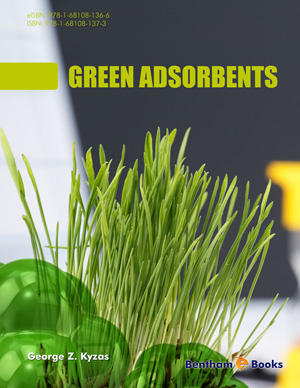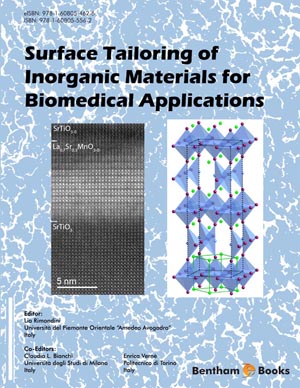Abstract
Polymers are the favorite materials for membrane applications because they have tunable properties, both chemical and physical ones, which allow the design of selective barriers, and also because they are prompt to give rise to active layers of low thicknesses under various forms, i.e. either as flat sheets, rolled sheets for spiral modules or even as hollow fibers; in addition, most of the time, polymers are also cheap materials that is always a good point for ulterior industrial developments. But in any case, polymer membranes remain sensitive materials and of course fragile ones, that constitutes their ‘Achilles’ heel. The particular key feature which mainly contributes to the strong potential of polymers is the large variety of chemical functions which can be found and modified when going from one polymer family to another one. Mastering both the structure and the functionality of polymers are certainly the clue to the design and to the preparation of advanced membranes such as mixed matrix or nanoporous membranes. Indeed, one of the fundamental aspects of the pervaporation transport is the strength of the physico-chemical interactions between the membrane and a given penetrant which can lead to the selectivity of the transport. Indeed, whereas in gas permeation the transfer is dominated by the diffusion step, the reverse situation is usually occurring with pervaporation where the sorption step is the decisive one. Unfortunately there is no universal membrane able to handle with success various separation problems, as far as molecular separations are targeted. Indeed the choice of a membrane is always closely related to the nature of the mixtures to be fractionized, i.e. water or organic removal, and even to the precise mixture composition; in the worst case, the use of an inappropriate membrane can even lead to its damage. Inorganic membranes are actually rarely used in pervaporation compared to organic ones; but it is certain that some specific needs will push the development of inorganic membranes in the near future thanks to the big improvements achieved in the last ten years in the controlled synthesis of inorganic structures having very narrow pores able for instance to promote a very efficient dehydration of alcohol mixtures. This paper intends to review the main routes which have been investigated for membrane design since the early time of pervaporation, and to analyze the current trends of polymeric membrane design and preparation published in the open literature. Taking into account the up-to-date knowledge in polymer science, some promising syntheses to new permselective pervaporation membranes are discussed as innovative routes.
Keywords: Polymeric membranes, pervaporation, membrane design, membrane engineering, process aspects









